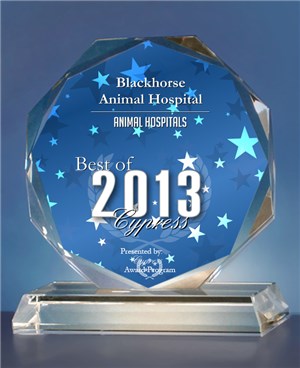Library
-
Warfarin is given by mouth and is used off label to treat abnormal clotting in dogs and occasionally horses. Give as directed. The most common side effect is abnormal bleeding, and this should be reported to your veterinarian. Do not use in pets that are allergic to it, pets with bleeding diseases, active bleeding, aneurysm, acute kidney disease, brain bleeds, blood cell diseases, uncontrolled high blood pressure, liver disease, certain types of carcinoma, pets about to undergo certain surgical procedures, or pets that are pregnant. If a negative reaction occurs, please call the veterinary office.
-
Pet monitoring systems provide peace of mind for pet owners. While away from home, pet parents can monitor the home and pet. Monitors allow observation as well as interaction that benefits both pet and owner. Numerous options are available to accommodate the individual needs of both pet and pet parent. Do a little research to find the one that best fits your needs.
-
Weight-loss programs are not easy, especially when an overweight animal cannot exercise. Veterinary therapeutic diets, automatic feeders, food puzzles, and animal rehabilitation therapy are tools that should be considered for every pet's weight loss program. Pet parents who are motivated to help their overweight dog or cat lose weight should work closely with their veterinary healthcare team to address concerns and discuss ideas for the pet's home environment. The most successful pet owners recruit family and/or friends to support their plans. Patience and persistence are often needed because weight loss doesn't happen quickly.
-
Cat grass can be one of many cereal grains such as oat, wheat, barley, alfalfa, or rye. The grass is planted and cultivated indoors and presented to the cat as a supplement to the existing diet. Eating grass targets a cat’s natural instinct to forage and provides entertainment as well as nutritional and digestive value.



